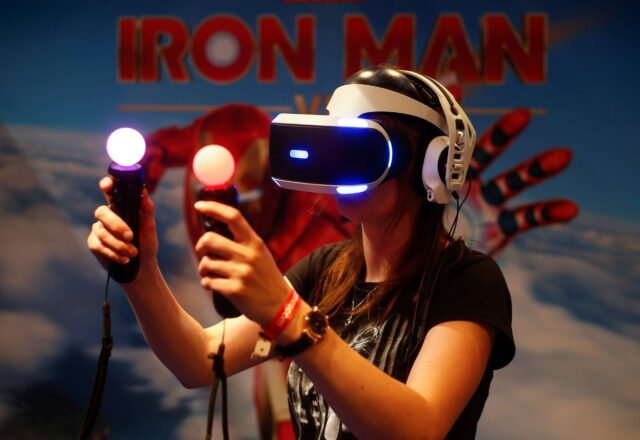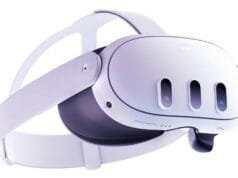
Nintendo, the iconic gaming company known for its innovative products and beloved franchises, has made significant strides in the gaming industry over the years. However, one technology trend that they have seemingly hesitated to fully embrace is virtual reality (VR). While competitors like Sony and Facebook’s Oculus have invested heavily in VR, Nintendo has maintained a cautious approach. In this article, we delve into the reasons why Nintendo has yet to release a real VR headset.
The VR Landscape
Before we dive into Nintendo’s stance on VR, let’s take a quick look at the current state of virtual reality gaming:
- Sony’s PlayStation VR and Oculus Rift have gained popularity among gamers.
- VR technology offers immersive experiences, enabling players to step into their favorite game worlds.
- VR gaming is not only about gaming but also about new ways to consume media and interact with digital content.
Nintendo’s History with VR
Nintendo’s cautious approach to VR is not without reason. The company has had a somewhat turbulent history with the technology:
- The Virtual Boy, released in 1995, was Nintendo’s first foray into VR, but it was a commercial failure due to its limited gameplay and uncomfortable design.
- Nintendo learned valuable lessons from the Virtual Boy’s failure and became more cautious about VR technology.
- Nintendo’s focus has always been on creating innovative and accessible gaming experiences for a wide audience.
Why Nintendo Hasn’t Embraced VR Fully
Several factors contribute to Nintendo’s reluctance to dive headfirst into the VR market:
Accessibility: Nintendo has always aimed to create gaming experiences that are accessible to all ages and skill levels. VR, with its complex setups and potential motion sickness issues, may not align with this philosophy.
Cost: VR headsets can be expensive, and Nintendo has traditionally focused on offering affordable gaming hardware to reach a broad audience.
Content: Nintendo’s strength lies in its beloved franchises like Mario, Zelda, and Pokémon. Developing VR games that do justice to these franchises while ensuring accessibility is a challenge.
Market Saturation: Nintendo has consistently found success with its hybrid console, the Nintendo Switch. They may be hesitant to divert resources from a proven platform to develop VR hardware.
Quality Control: Nintendo is known for its meticulous quality control, and VR technology still faces challenges related to comfort and safety, which Nintendo would need to address.
Conclusion
While Nintendo hasn’t jumped into the VR race with both feet, they continue to explore augmented reality (AR) experiences, like Pokémon GO. As the gaming industry evolves, Nintendo’s cautious approach may ultimately yield a unique and accessible VR solution that captures the magic of their beloved franchises.
Nintendo’s history of learning from past mistakes and prioritizing innovation suggests that if they do enter the VR space, they will do so with a thoughtful and player-centric approach.
In the ever-evolving world of gaming, only time will tell if Nintendo will eventually release a real VR headset. Until then, fans can continue to enjoy their favorite Nintendo titles on the trusted platforms they know and love.










